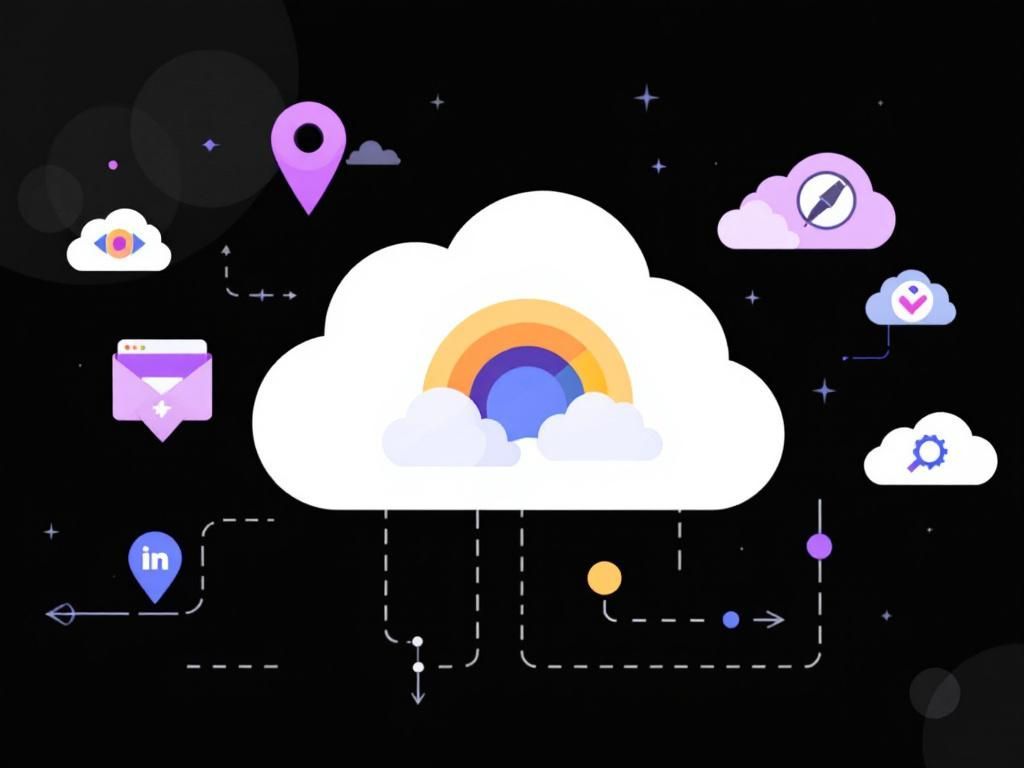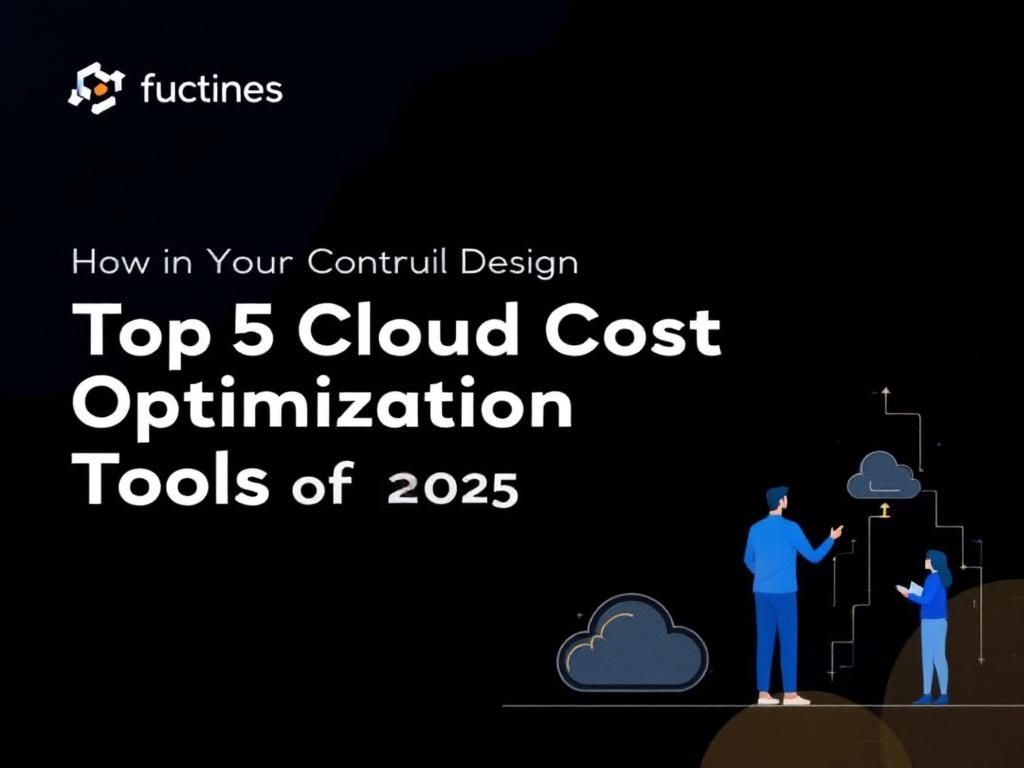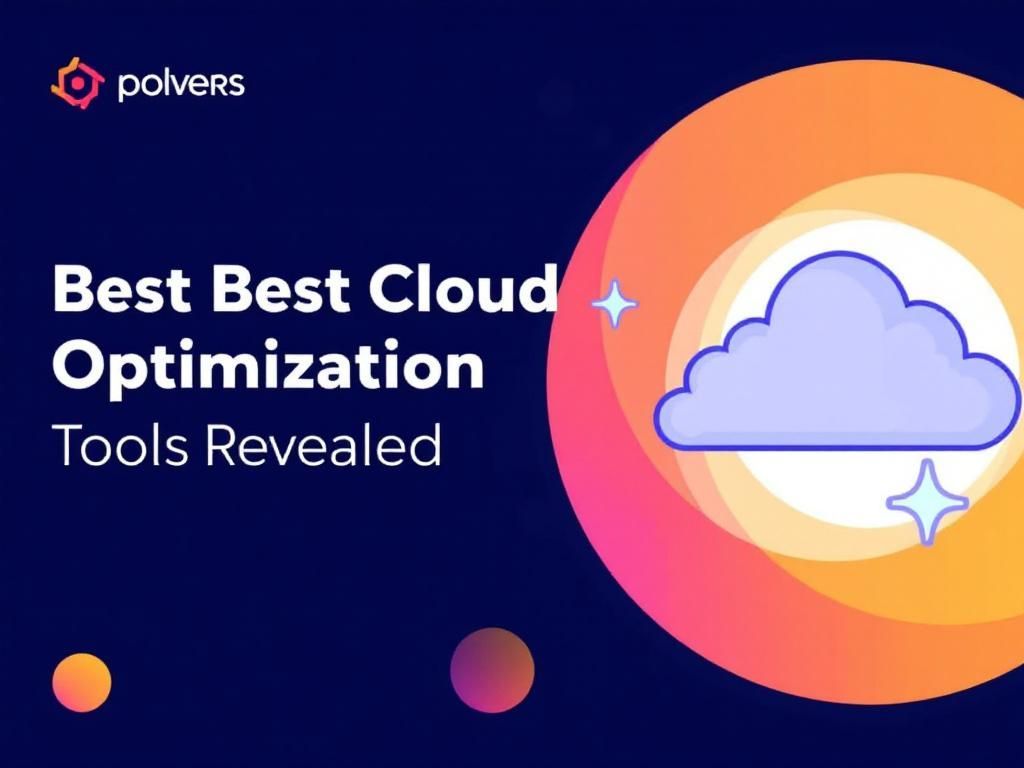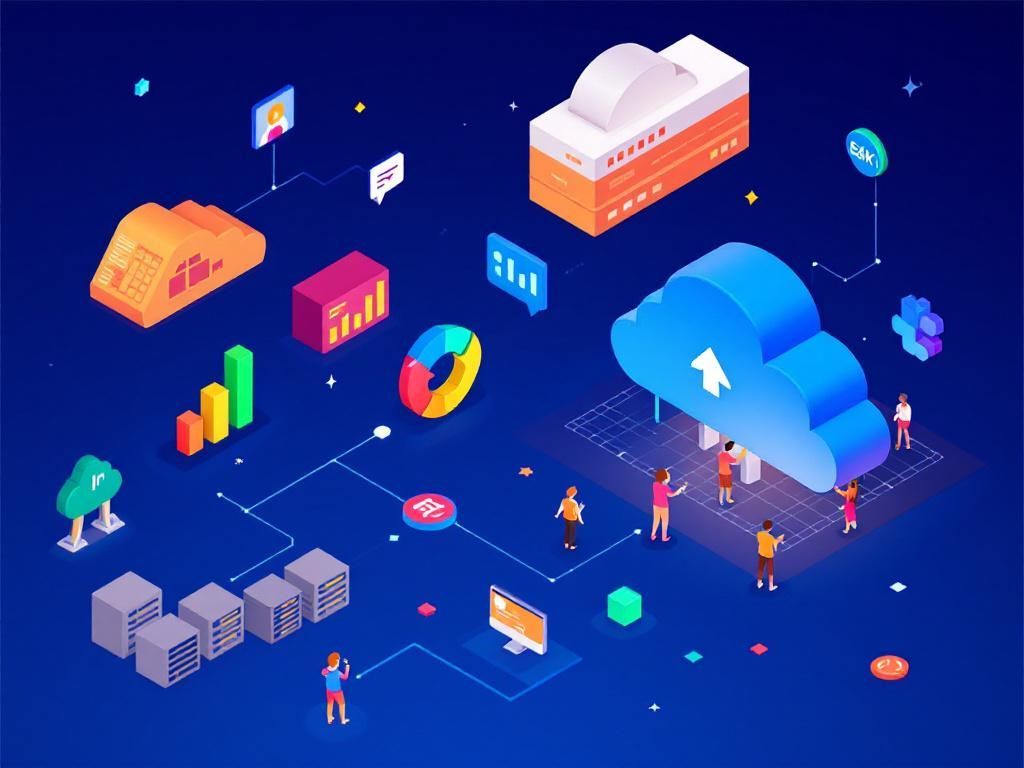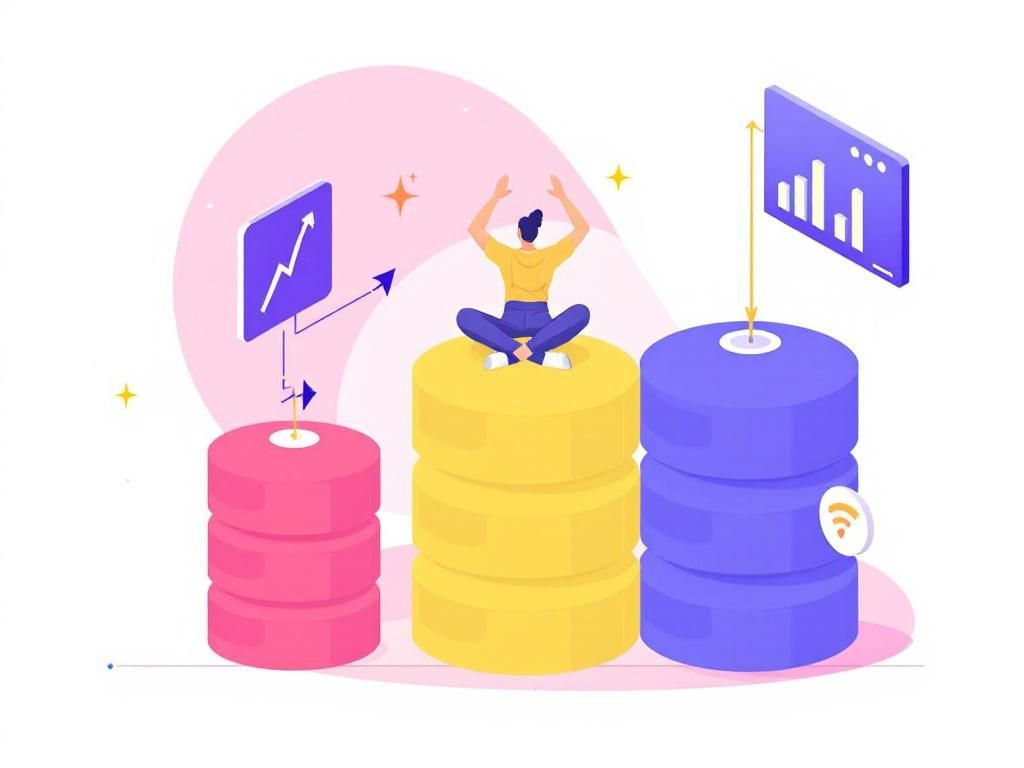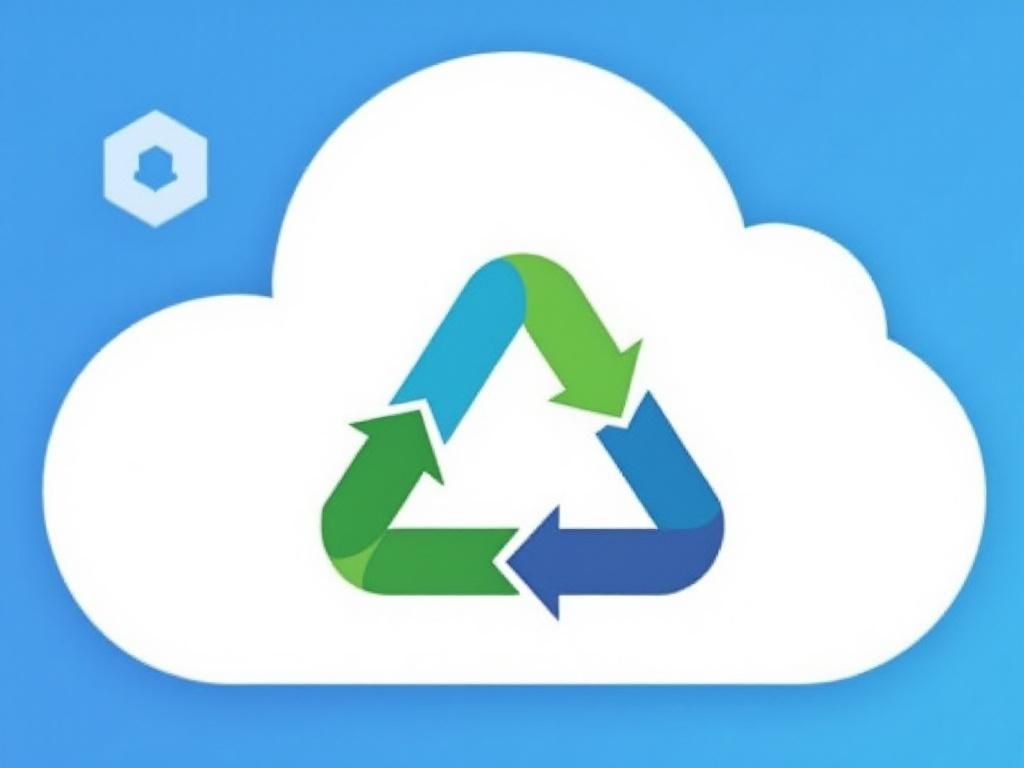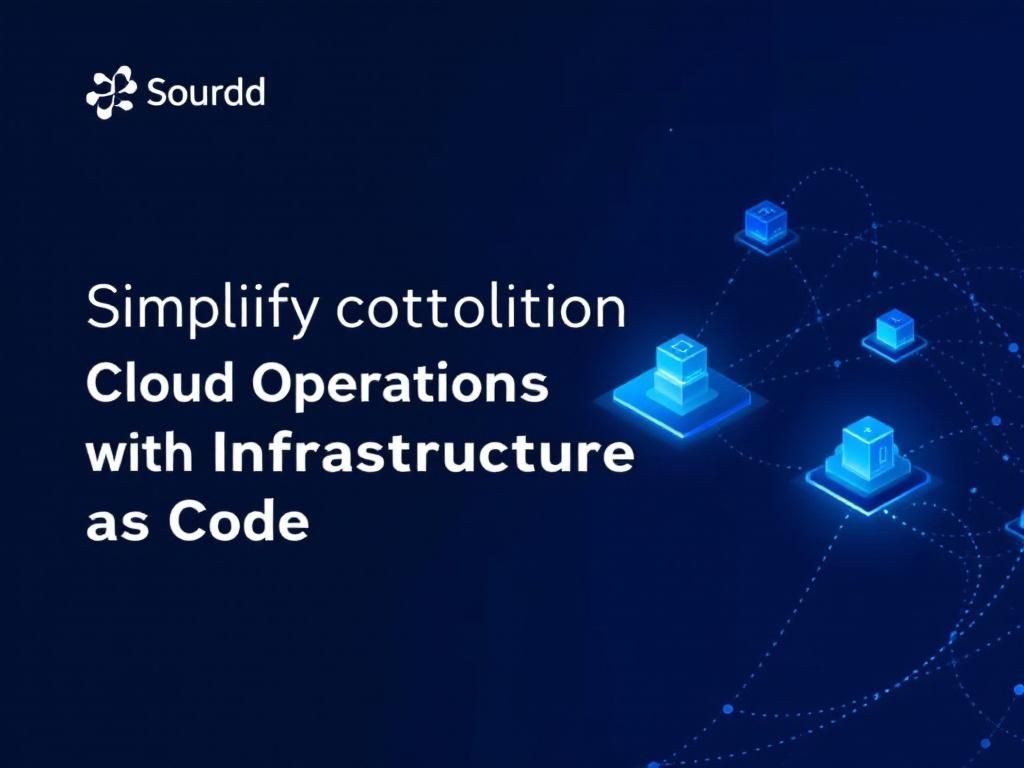Unlocking Success: Cloud Migration for Legacy Apps
Discover effective strategies for migrating legacy applications to the cloud and unlocking their full potential for your business.

In the ever-evolving landscape of technology, businesses are constantly seeking innovative solutions to enhance their operations and drive growth. One of the most significant moves in recent years has been the shift from traditional on-premises infrastructure to cloud-based solutions. While this transition offers numerous advantages, it also poses challenges, particularly when dealing with legacy applications. In this article, we will explore cloud migration strategies for legacy apps, the benefits of making the switch, and best practices to ensure a successful transition.
Table of Contents
Understanding Legacy Applications
Legacy applications are systems that have been in use for a long time and were often built on outdated technologies. These applications may serve critical business functions, but they can also present several challenges:
- Compatibility Issues: Legacy systems may not integrate well with newer technologies.
- Maintenance Costs: Ongoing support and maintenance can be costly and time-consuming.
- Security Vulnerabilities: Older applications may not meet modern security standards, exposing businesses to risks.
- Scalability Limitations: Legacy apps often struggle to scale with increasing business demands.
The Benefits of Cloud Migration
Transitioning to the cloud offers a myriad of benefits that can significantly impact business operations:
1. Cost Efficiency
By migrating to the cloud, organizations can reduce their IT infrastructure costs. Cloud services often operate on a pay-as-you-go model, eliminating the need for substantial upfront investments.
2. Improved Scalability
Cloud solutions can be scaled up or down easily, allowing businesses to respond quickly to changing demands:
- Increase resources during peak business periods.
- Scale down during off-peak times to save costs.
3. Enhanced Security
Many cloud providers offer advanced security measures, including:
| Security Feature | Description |
|---|---|
| Encryption | Data is encrypted both in transit and at rest. |
| Multi-Factor Authentication | Additional layer of security for user access. |
| Regular Updates | Cloud providers perform regular security updates and patches. |
4. Increased Collaboration and Accessibility
Cloud solutions enable teams to access applications and data from anywhere, fostering collaboration and enhancing productivity:
- Remote work capabilities.
- Real-time updates and sharing features.
Challenges of Migrating Legacy Applications to the Cloud
While the benefits are compelling, organizations must also navigate several challenges during migration:
1. Assessment of Current Applications
Before migrating, businesses need to evaluate their existing legacy applications:
- Determine which applications are candidates for migration.
- Assess their current performance and functionality.
- Identify any dependencies and integrations.
2. Data Compatibility
Legacy systems may store data in formats that are incompatible with cloud environments. Conducting a thorough data mapping exercise is essential.
3. Downtime Risks
Transitioning applications can lead to downtime, affecting business operations. It’s crucial to plan for a migration strategy that minimizes disruptions.
Cloud Migration Strategies for Legacy Applications
To successfully migrate legacy applications to the cloud, organizations can consider the following strategies:
1. Lift and Shift
This approach involves moving applications and data to the cloud with minimal changes. It’s often the quickest migration method but may not optimize performance:
- Best for applications that require immediate migration.
- Limited opportunity to take advantage of cloud features.
2. Refactoring
This involves making some modifications to applications to better align with cloud architecture:
- Improves performance and scalability.
- Allows integration with cloud-native services.
3. Replatforming
In this strategy, applications are moved to the cloud with some optimizations made in the platform or stack:
- Balance between cost and performance.
- Utilizes cloud capabilities without a complete overhaul.
4. Rebuilding
This strategy involves redesigning the application from the ground up to take full advantage of cloud technologies:
- Time-consuming and costly but provides the best long-term benefits.
- Ideal for applications that cannot meet current business needs.
Planning for a Successful Migration
To ensure a successful migration process, organizations should follow these steps:
1. Develop a Migration Plan
Detail the objectives, timelines, and resources required for migration:
- Conduct a thorough inventory of applications.
- Prioritize applications based on business impact.
2. Choose the Right Cloud Provider
Select a cloud provider that can meet your specific needs:
- Evaluate options based on compliance, security features, and scalability.
- Consider service level agreements (SLAs) and support options.
3. Test and Validate
Before full migration, conduct testing to identify any potential issues:
- Use staging environments to simulate the migration.
- Validate application performance and functionality.
4. Train and Prepare Staff
Ensure that employees are well-prepared for the new cloud environment:
- Provide training on the new applications and systems.
- Encourage a culture of adaptability and openness to change.
Conclusion
Cloud migration of legacy apps is a critical step for organizations looking to remain competitive and agile in today’s fast-paced business world. While the journey may present challenges, the long-term benefits far outweigh the hurdles. By carefully assessing applications, developing a strategic migration plan, and choosing the right cloud solutions, businesses can unlock new opportunities for growth and innovation.
FAQ
What is cloud migration for legacy applications?
Cloud migration for legacy applications refers to the process of moving outdated software and systems to a cloud environment, enhancing performance, scalability, and security.
What are the benefits of migrating legacy apps to the cloud?
The benefits include improved accessibility, reduced infrastructure costs, enhanced security, and the ability to leverage modern cloud technologies and services.
What challenges might arise during cloud migration of legacy applications?
Challenges can include compatibility issues, data transfer complexities, potential downtime, and the need for staff training on new cloud technologies.
How do I determine if my legacy app is suitable for cloud migration?
Assess your app’s architecture, usage patterns, and business needs to determine its suitability for cloud migration, considering factors like performance and compliance.
What are the different cloud migration strategies for legacy applications?
Common strategies include rehosting (lift and shift), refactoring, rebuilding, and replacing legacy apps with cloud-native solutions.
How can I ensure a successful cloud migration for my legacy applications?
Ensure a successful migration by conducting thorough planning, involving stakeholders, performing pilot tests, and providing adequate training for your team.


